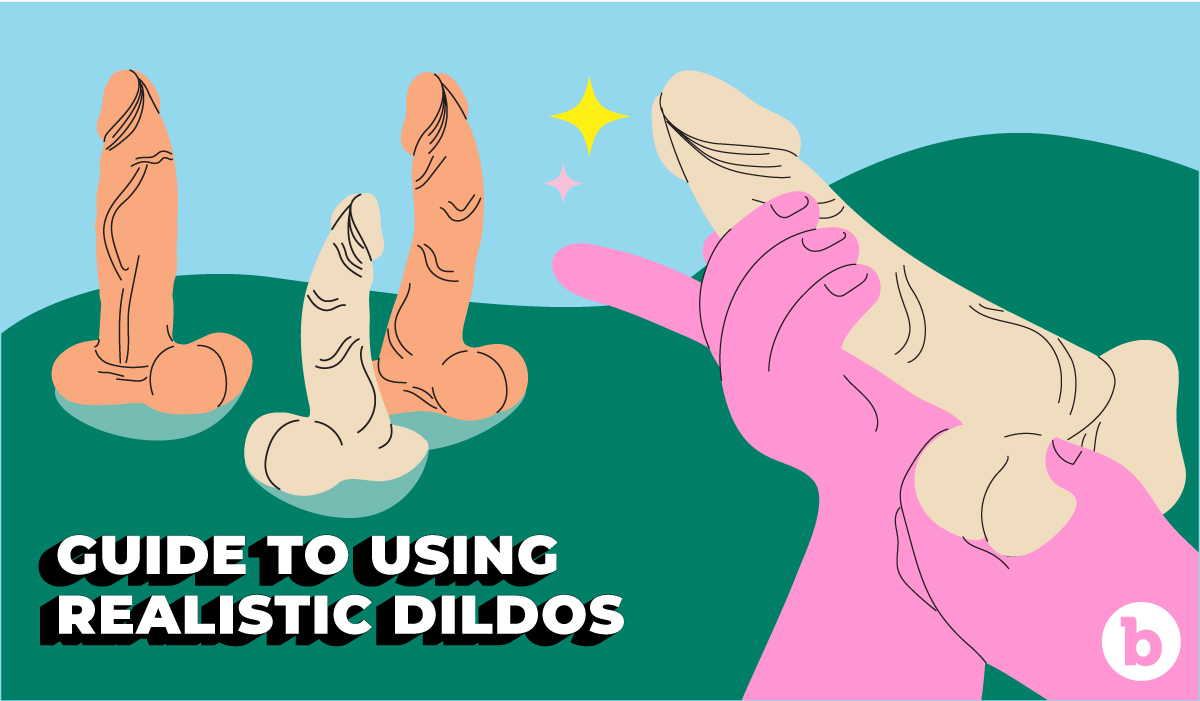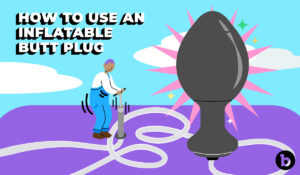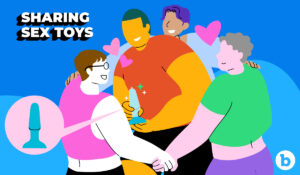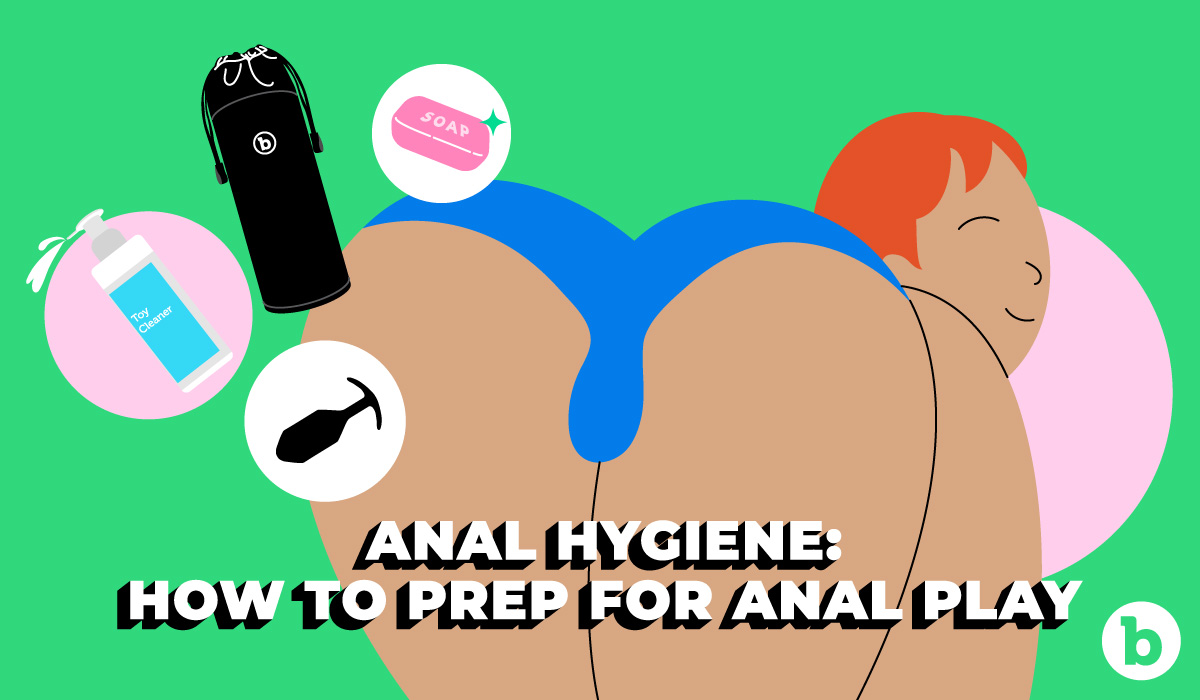
What is Safe Sex? Best Practices on STD Prevention
Put simply, safe sex is the practice of protecting yourself and your partners/ prospective partners from sexually transmitted infections.
Traditionally, folks think this simply means using condoms and other barrier methods such as dental dams and gloves during sex and sexual activity, but it's about way more than that.
Practicing safe sex also means arming yourself with knowledge about STDs and how to prevent them, knowing your status and learning how to have that all-important conversation with partners new and old about your STD status, preferred barriers and boundaries so that everyone can make better choices for their own personal health and safety.
Click on the links below to learn everything about safe sex:
1. Sexually Transmitted Diseases
3. The Importance of Getting Tested
4. How to Tell Someone You Have an STD
5. What to Do If You Have an STD
Safe Sex 101: STI/ STD Basics
Sexually transmitted infections (STIs), also known as Sexually transmitted diseases (STDs), are infections passed from person to person during sexual activity.
There are over 25 STDs that can be spread through vaginal, anal, and oral sex, as well as genital skin to skin contact. The six most common STDs are Chlamydia, Genital Warts (HPV), Gonorrhea, Herpes, HIV, and Syphilis.
Many of these STDs cause similar symptoms, and some folks may not exhibit them at all, or not until much later as the infection progresses. This is why getting tested on a regular basis is super important. I want to reiterate that many STDs can be contracted anally and orally. So choosing those methods of having sex won't protect you from contracting an STD. Using dental dams for oral and rimming (oral-anal play) and condoms and gloves for anal penetration will.
Safe Sex 101: Prevention, Prevention, Prevention
Methods for STD prevention have come a long way since the condom, but barriers are usually the first safe sex method that folks think of — traditional condoms, internal condoms, dental dams, and gloves, when properly applied, can be used as protection during penetrative, oral, and hand sex.
The introduction of other materials (polyurethane, polyisoprene, and nitrile) has made barriers more accessible to folks with latex sensitivities and allergies. With more brands experimenting with condom shapes and sizing, there is now a broader discussion about finding the right fit. That fit being just as important to your pleasure as it is your safety. Adding a good quality lubricant to your barrier will increase its effectiveness by cutting down on friction that can cause micro-tears in the materials and lead to possible exposure. While barriers protect against the transmission of most STDs, they aren't helpful when it comes to STDs transmitted through skin to skin contact such as Herpes.
Prevention can also come in the form of a pill called PrEP. Pre-exposure prophylaxis or PrEP is a daily pill that can drastically reduce your risk of contracting HIV, especially when taken in tandem with using barriers during sexual activity. The currently available form of PrEP is called Truvada. Post-exposure prophylaxis or PEP is a short course of drugs that can be taken after a high risk of exposure to HIV but it needs to be started immediately after exposure, as in more than 72 hours. Both PEP and PrEP are available to the public with a prescription from a healthcare provider such as your GP or Planned Parenthood.
While skin-on-skin partner sex can be amazing and if you aren't quite ready to take the plunge with a new person, there are other ways to practice safe sex that don't involve direct contact. One way is to masturbate together. Watching each other get off can be very satisfying, and as long as you keep your bodily fluids to yourself, you'll have nothing to worry about. Another way is through the use of sex toys. You can take turns using a wand vibrator on one another or step into the future with remote controlled toys. Both require minimal body contact, though I do suggest wearing gloves when operating the wand. You should also use your own toys. But if you decide to share, make sure you cover your toys with a fresh condom for each person and wash with warm soapy water between uses.
Safe Sex 101: Knowing Your Status and Getting Tested
It may seem like a simple thing, but many people do not know their STD status. Knowing your status is where safe sex begins. Think of it as your baseline. If you know what you have, or don't have, you'll know what methods you'll need to use to protect yourself and your prospective partners. You should get tested at least once a year. More, if you have a higher number of sex partners.
If you have a regular doctor, you can request an STD test during your annual checkup. You can also request STD testing at urgent care centers, clinics, and Planned Parenthood. When requesting a test, be sure to ask for a full panel STD test and make sure an HIV test and Herpes test are included in that. In many states, HIV and Herpes tests aren't included in the standard STD testing and you have to directly request them.
Safe Sex 101: Let's Talk About It
Communication is the key to so many things, and it's no different when it comes to safe sex. Being open and honest with your partners or prospective partners about your STD status is just as important as telling them what you like in the bedroom.
It can be awkward just blurting out your last STD results, so it's a great idea to develop a short safe sex speech that you can use anytime you've gotten to that point with a new person or partner. Your speech should include the date you were last tested, your STD status (this is the time to disclose any STDs you may currently have), your preferred barrier methods, and what sexual activities you are or are not interested in partaking in. You can then invite them to share their information with you.
If your speech isn't well-received or if the person doesn't want to share their information with you, this is probably a sign that you won't be a good fit. Don't compromise your health and safety for anyone!
Safe Sex 101: So You Have an STD
If you think you have may have contracted an STD, the most important thing to do is to stay calm and remember you are not alone in this. You should immediately make an appointment to get tested at any of the places mentioned above and notify your recent sex partners that you are going in for testing and that they should as well. Once you know what STD you have, your healthcare provider will tell you which cures or management methods are available to you.
STDs are a part of leading an active sex life even when you're practicing safe sex. It's important to remember that no method is 100% safe. Having an STD isn't the end of the world or your sex life. It simply means that you'll need to shift the way that you connect with others sexually. Sometimes that shift is temporary, sometimes it's permanent. Either way, there are always ways to continue to lead a satisfying sex life.
Be Safe Out There!
Now you have everything you need to have a safe and sexy Pride this year, the most important thing to remember is to be prepared before heading out to the festivities.
Make sure you have your 1) safer sex speech ready, 2) a safer sex kit filled with your favorite lubes and your preferred barriers, 3) wipes and other items that will make your transition into sexy time a smooth one. Don't leave your safety in someone else's hands.









